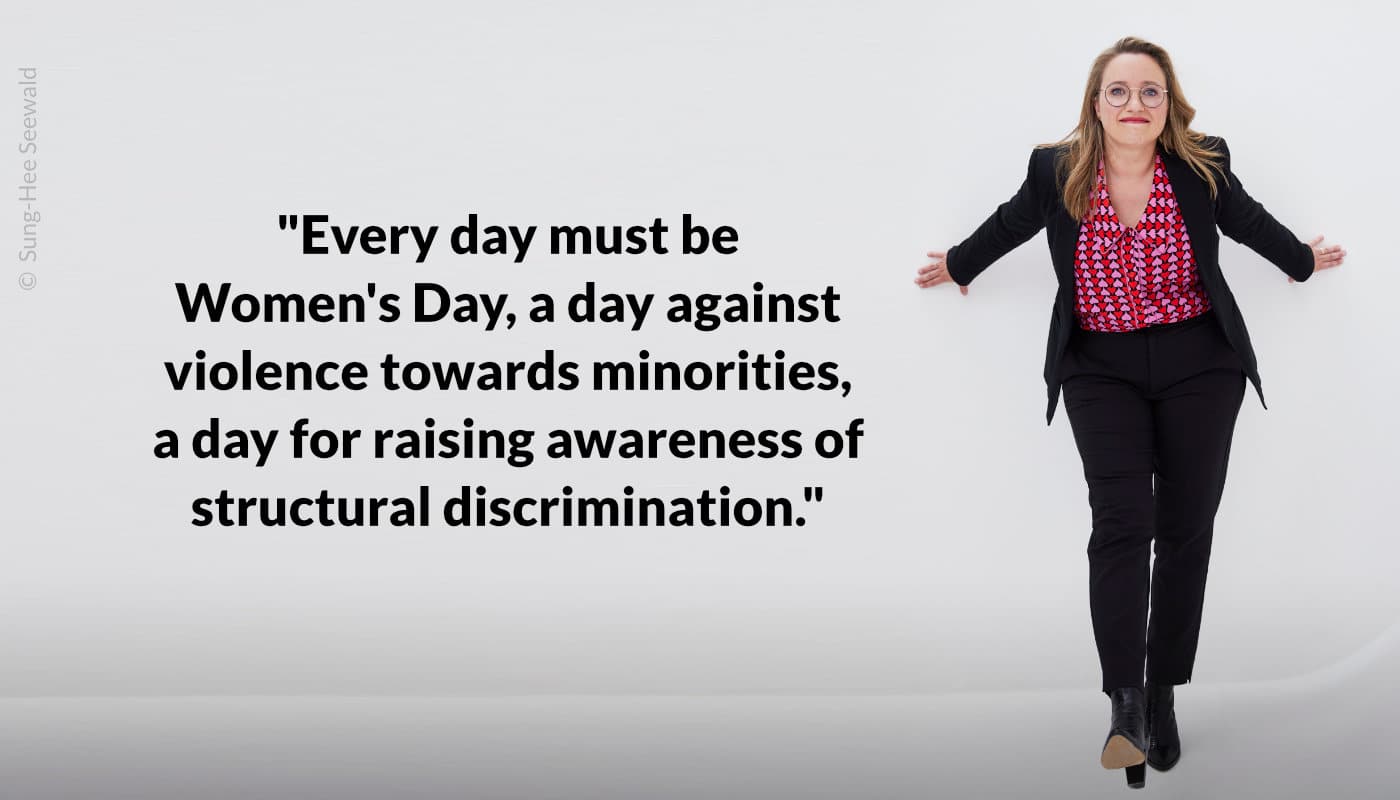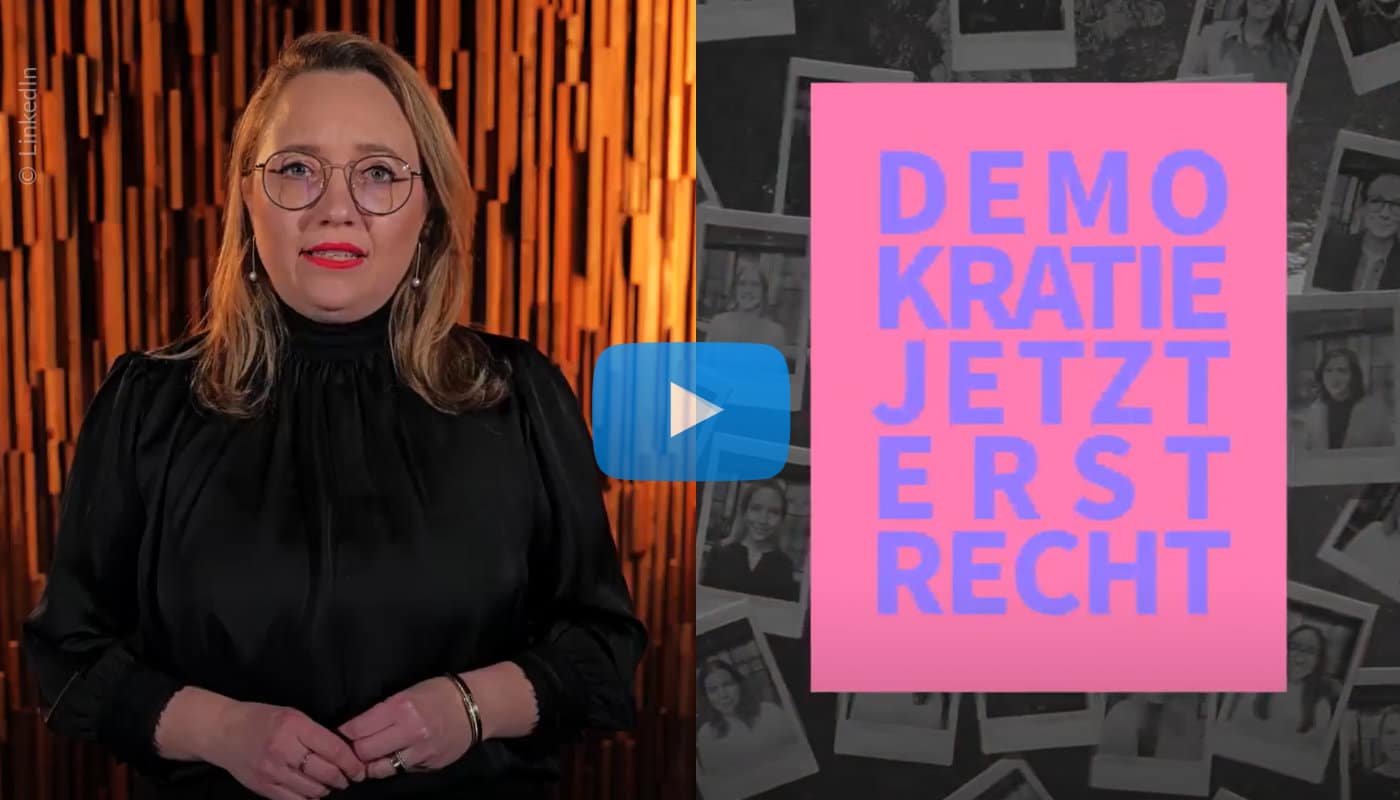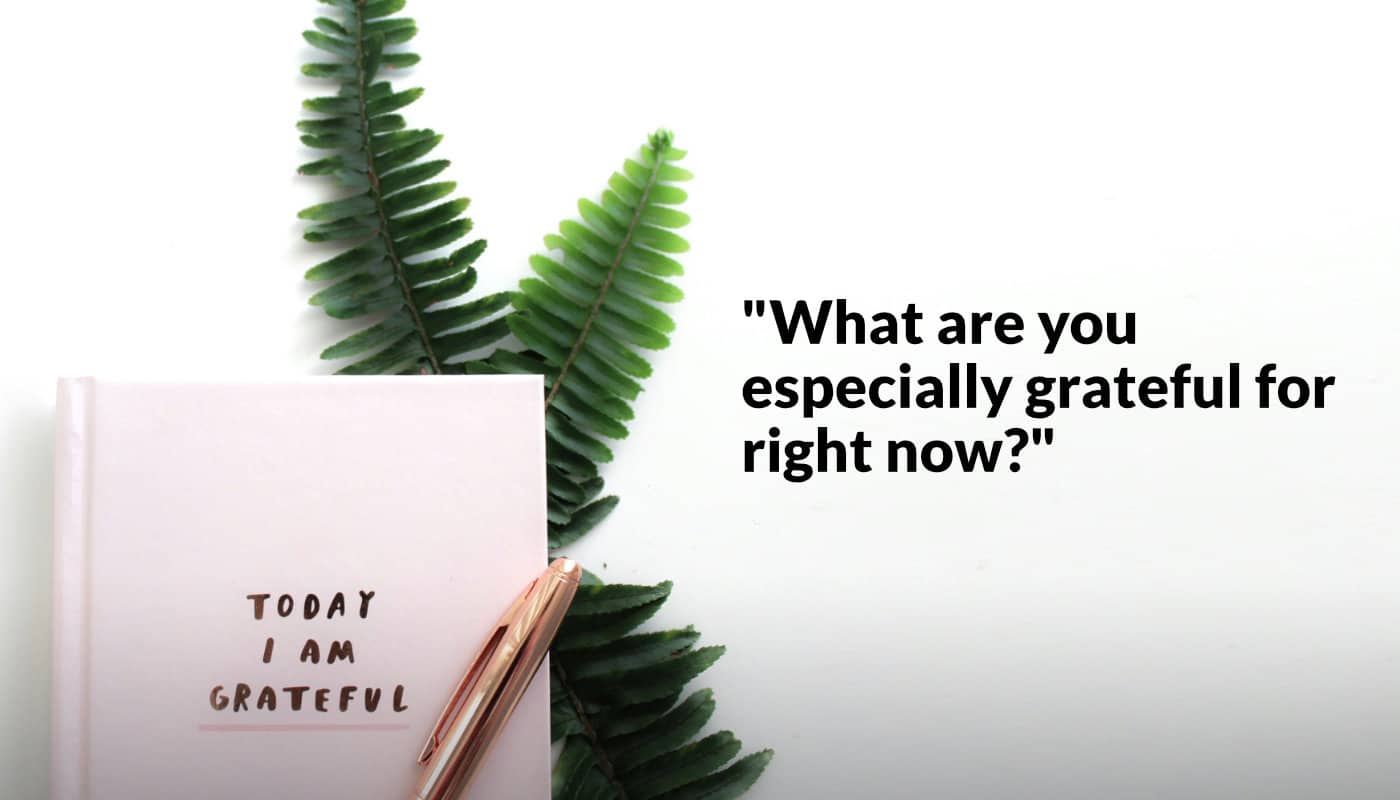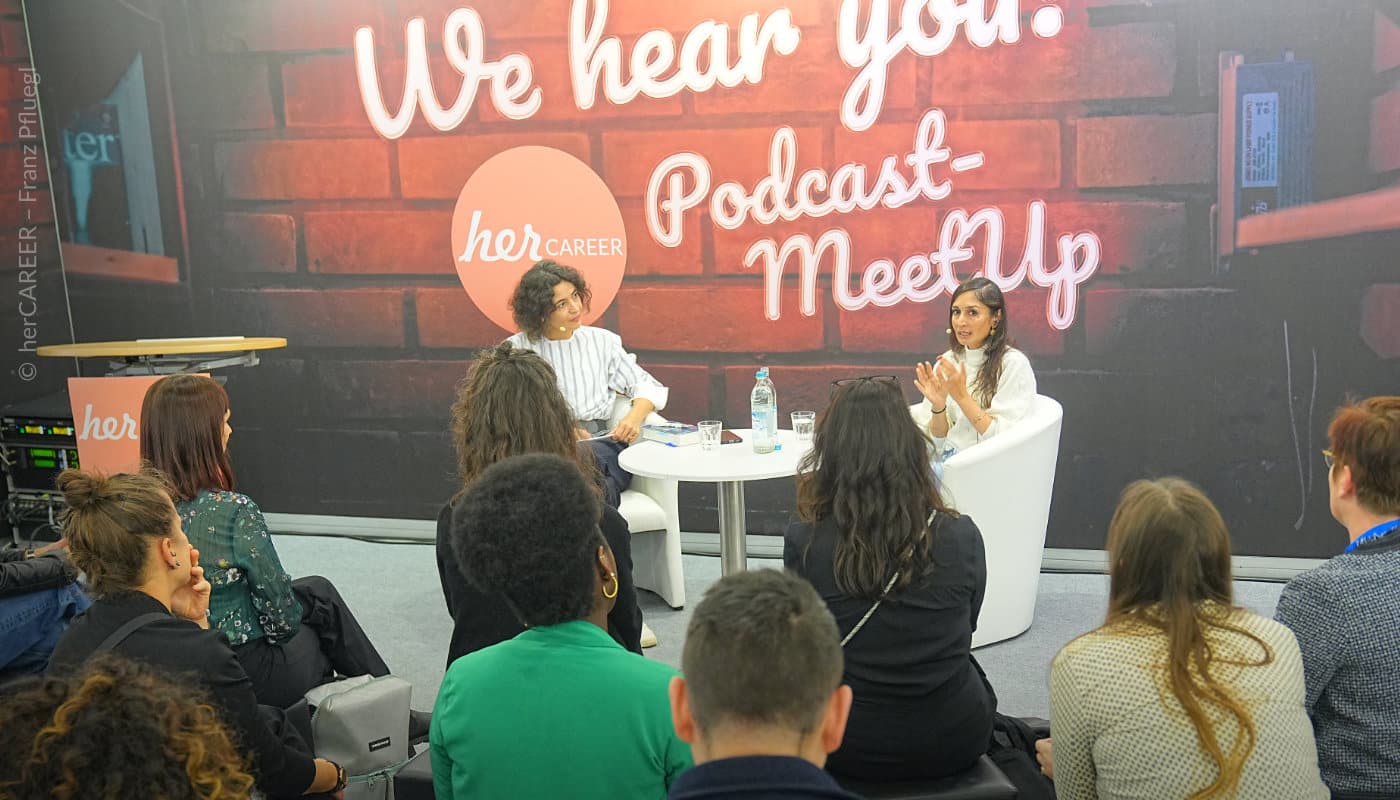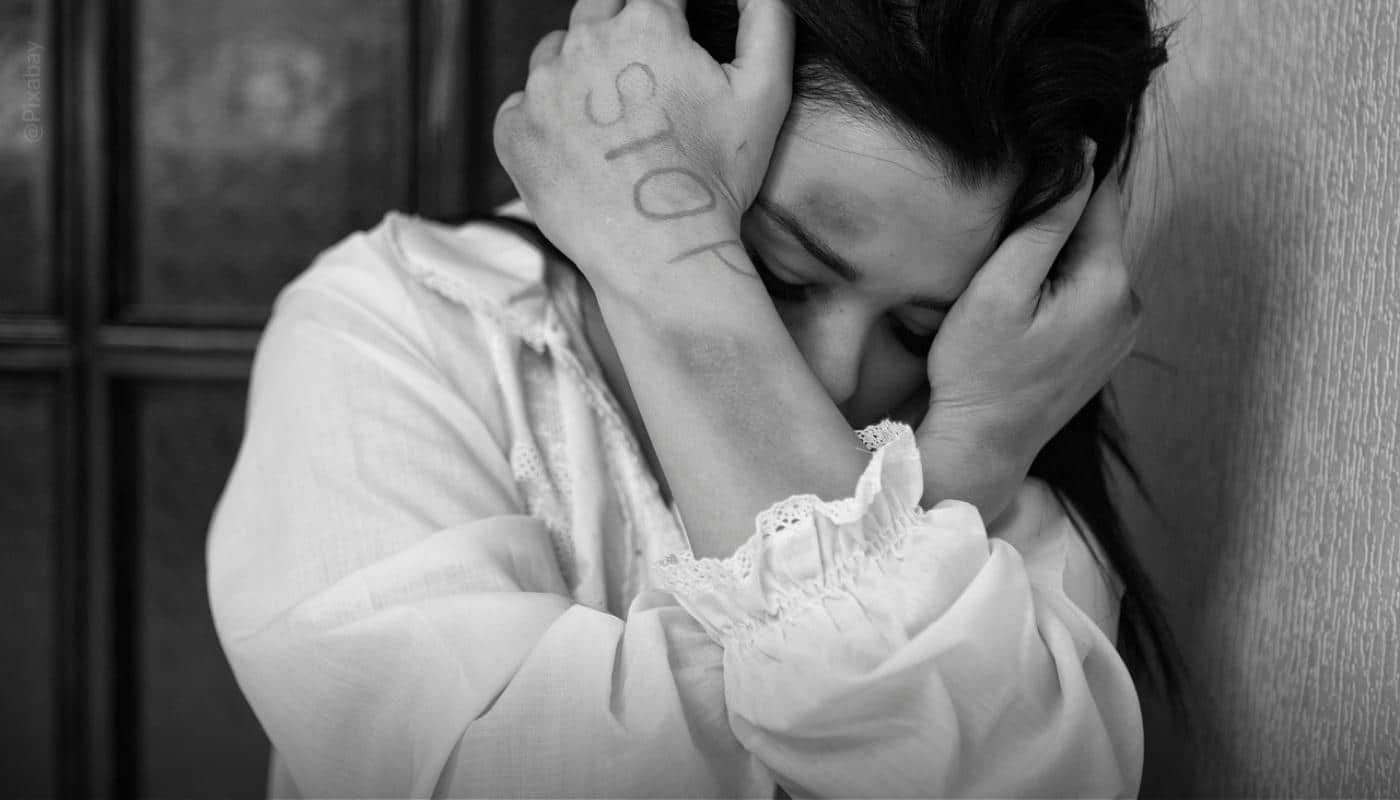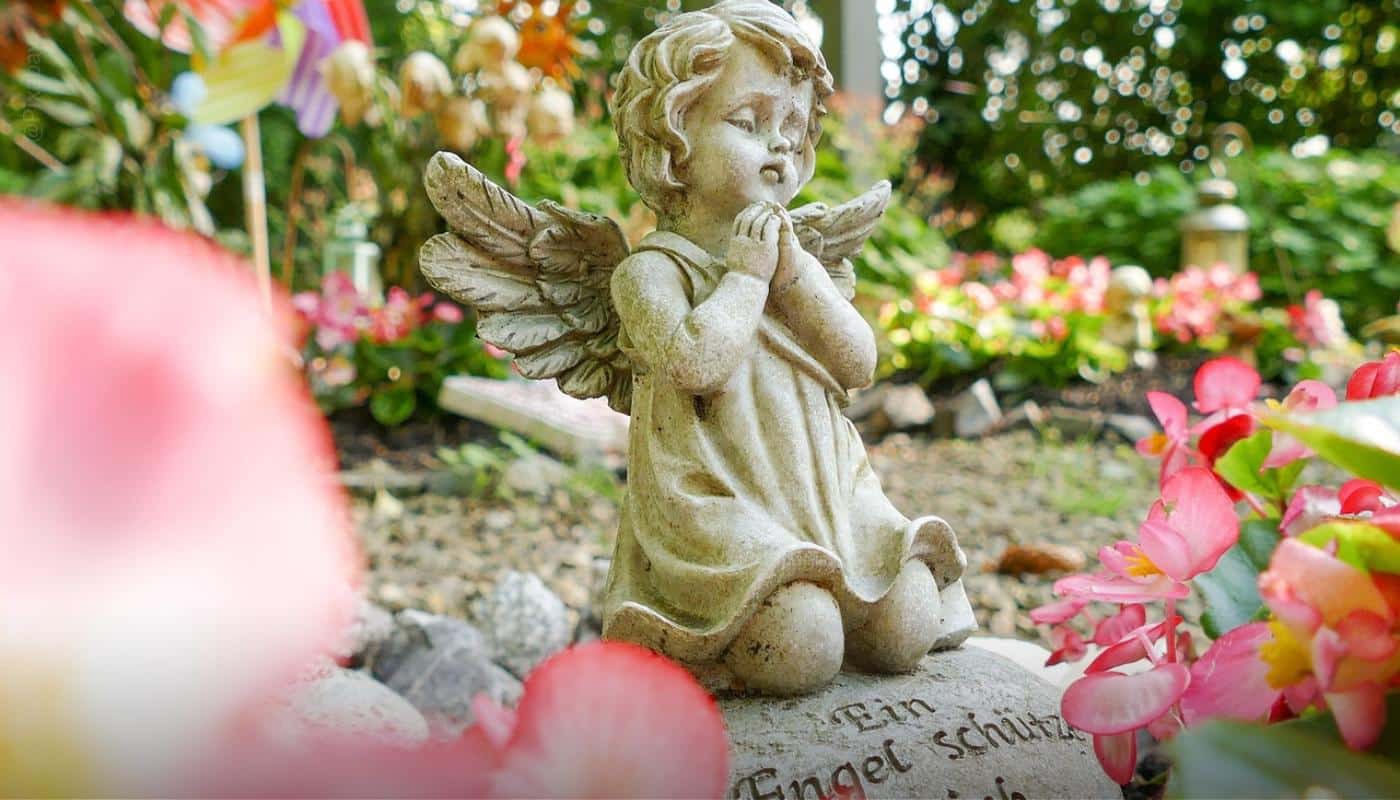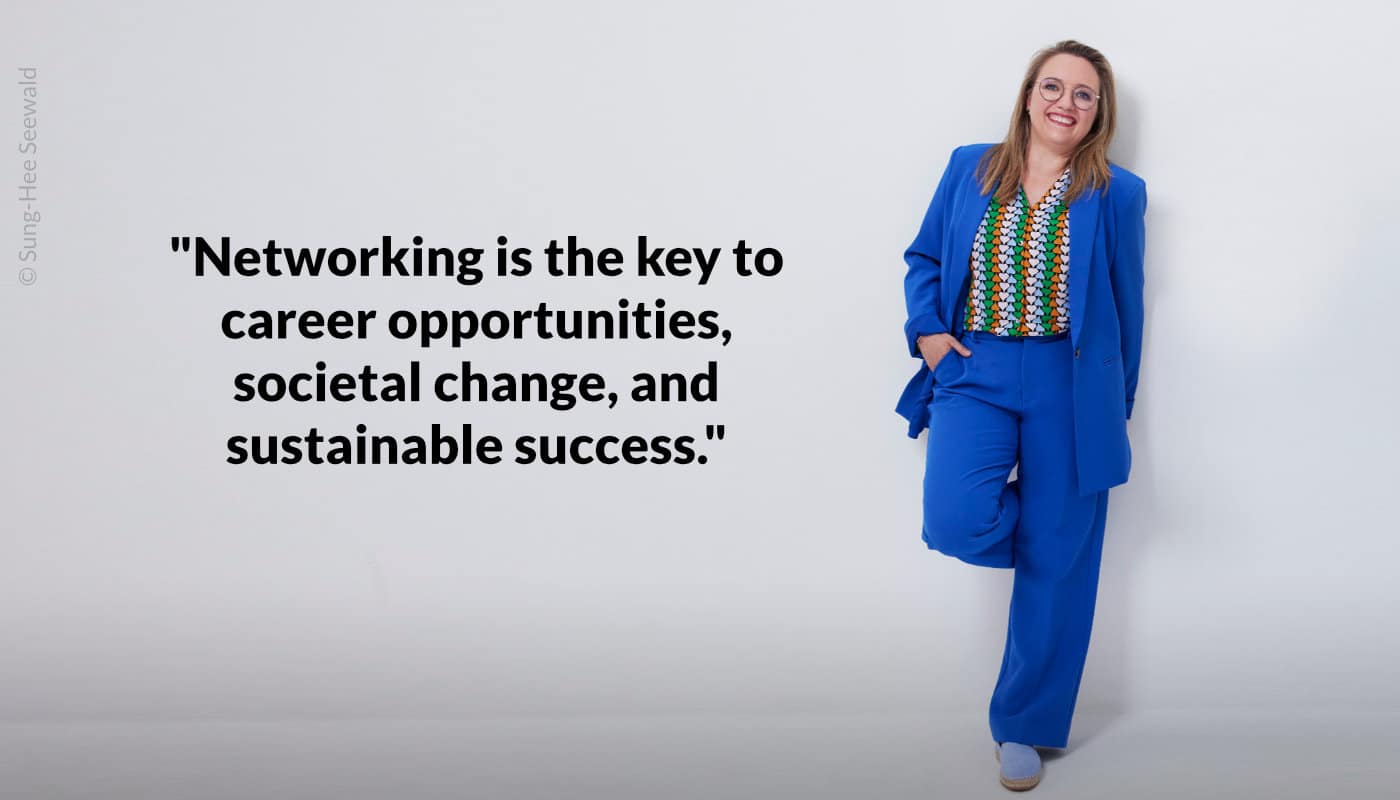Why are more and more young people voting for far-right parties? For the 2024 Youth Election Study by the Institute for Generational Research—published shortly before the state elections in Saxony and Thuringia—16 to 25-year-olds were surveyed, with a distinction made between East and West Germans.
“Many of the respondents, therefore, feel fears about the future and a sense of hopelessness,” writes DER SPIEGEL about this.
Study results like these can certainly be interpreted differently. Dr. Anna Grebe offers “5 insights from youth political research and practice” on LinkedIn. The first: “There is no single ‘youth.’ Young people—like older people—are very diverse. Not all of them are right-wing (extremists); quite the opposite. The majority are afraid of the rightward shift in this country. And the majority vote for democratic parties.” The “cherry-picking” is an “adultist attribution”: voters of all ages can identify with positions across the entire political spectrum, even when these are ideologically contradictory.
Her appeal: “If you’re wondering what could be done to get young people excited about democracy again: take them seriously. Listen to them. Engage with youth politics as a political approach. And become true fans of democracy again yourselves!”
What do you think? What’s your impression of the debates on who votes for what, and why?

Posted by Natascha Hoffner, Founder & CEO of herCAREER, WiWo columnist, LinkedIn TOP Voice 2020, W&V 2019 – 100 Köpfe
published on LinkedIn on 04.09.2024
References:
- https://www.generation-thinking.de/post/jugenwahlstudie-2024
- https://www.spiegel.de/panorama/bildung/jugendwahlstudie-2024-forscher-attestieren-jungen-menschen-politische-rosinenpickerei-a-c227b1da-c1aa-4313-9c50-fec378d86bb1
- Post of Dr. Anna Grebe https://www.linkedin.com/posts/anna-grebe-digital_jugendpolitik-activity-7235966242929483776-9xRX


